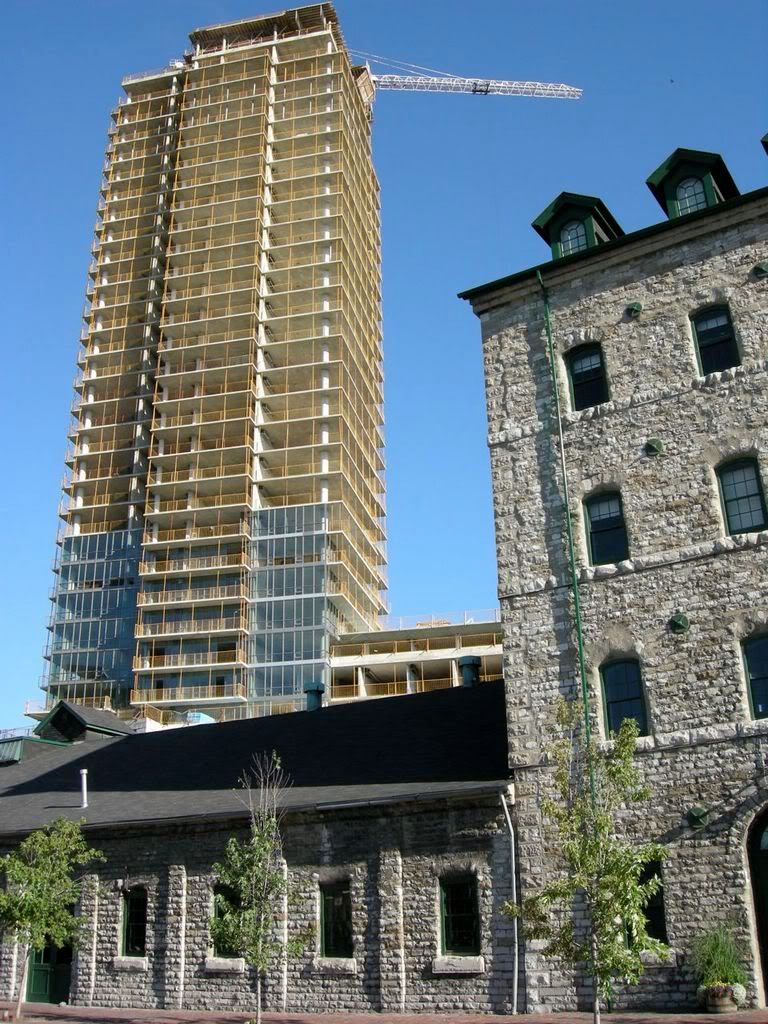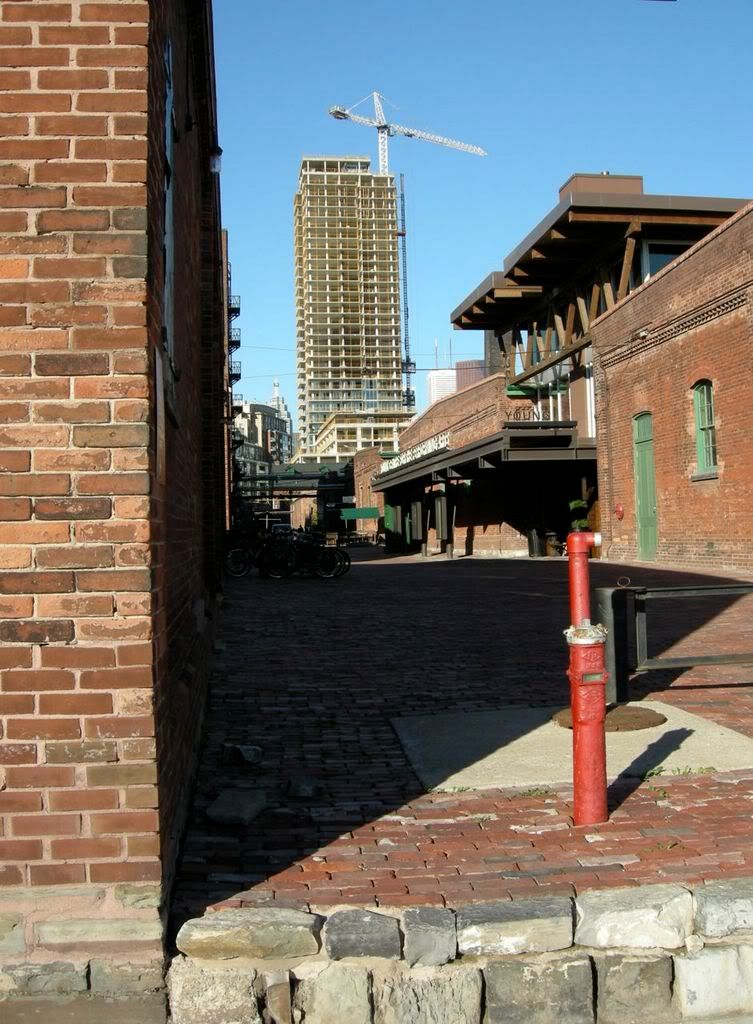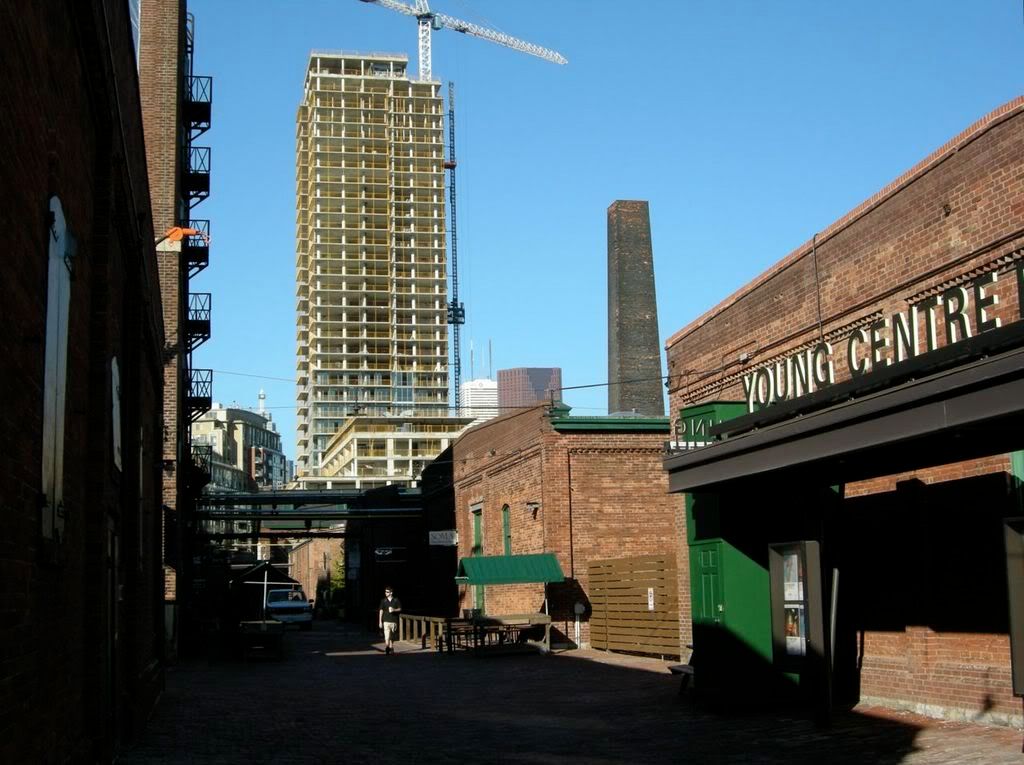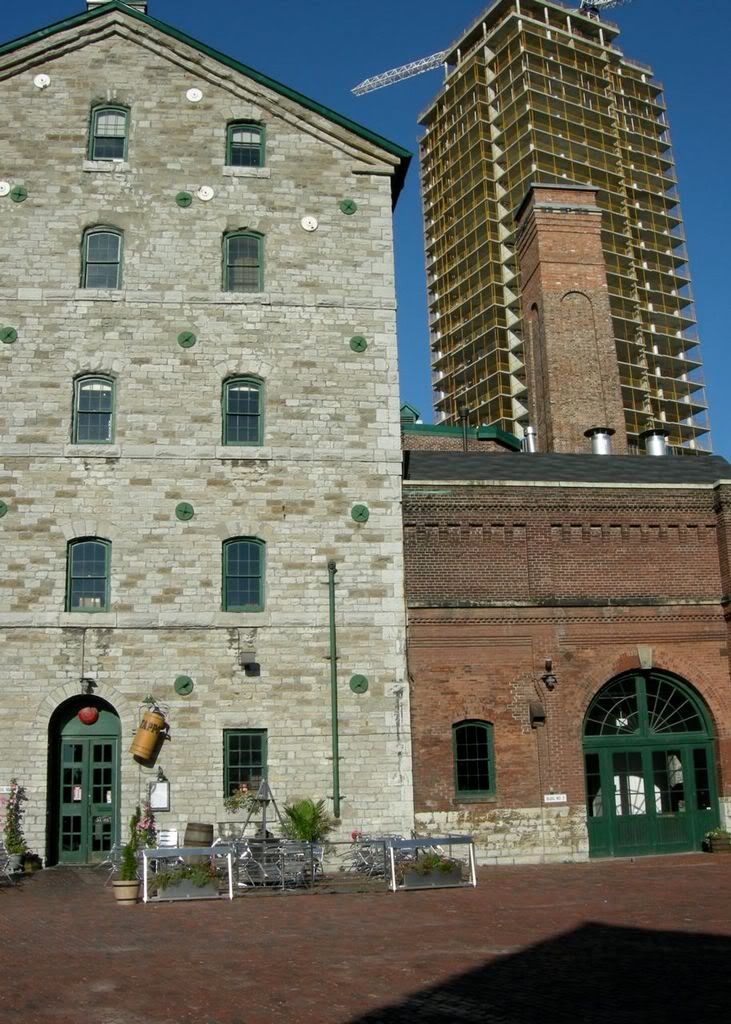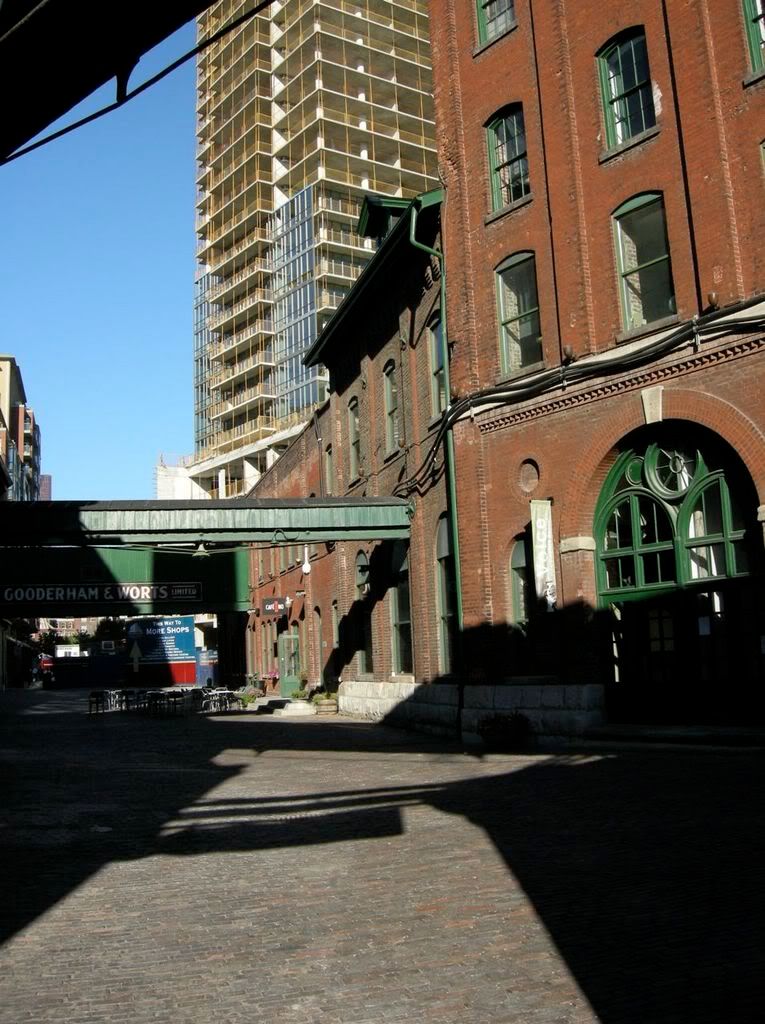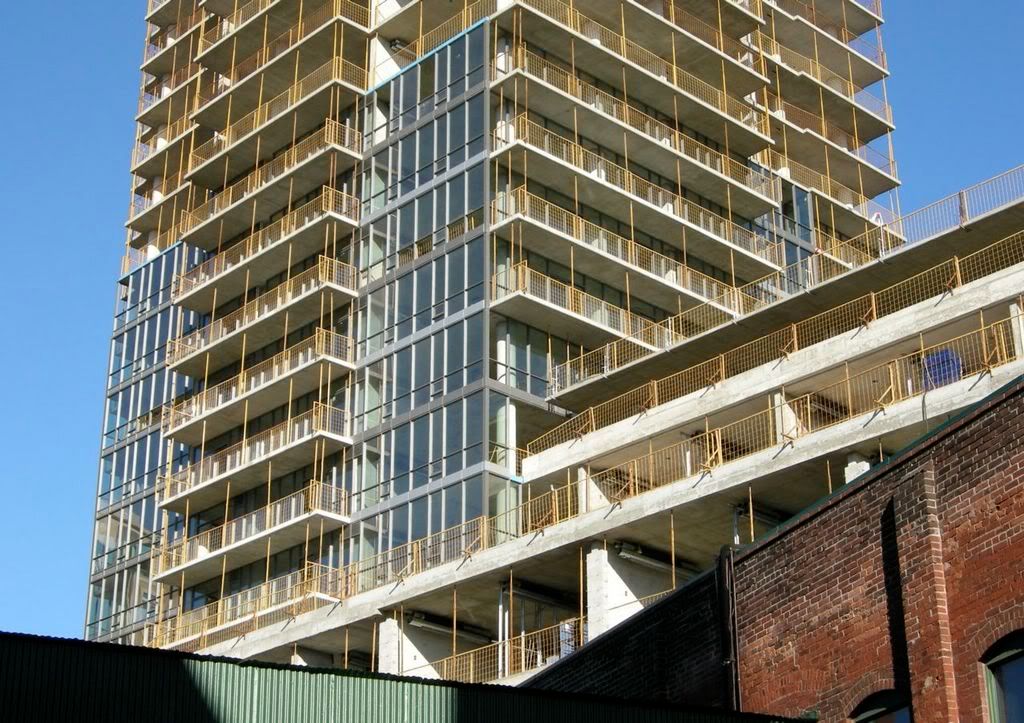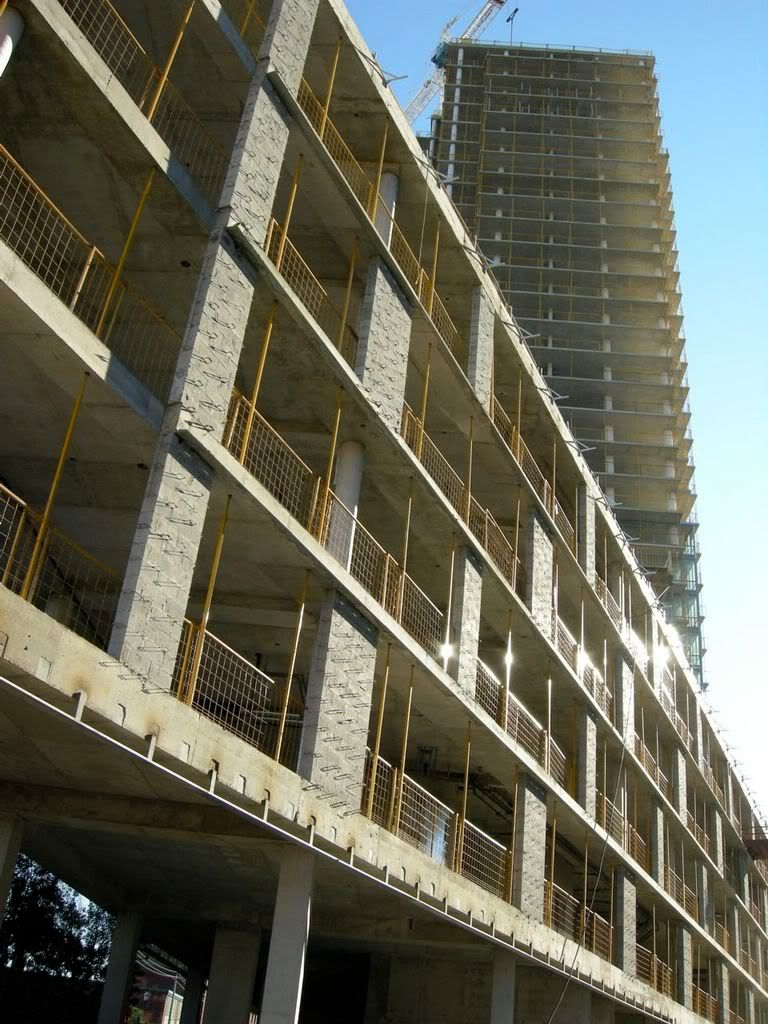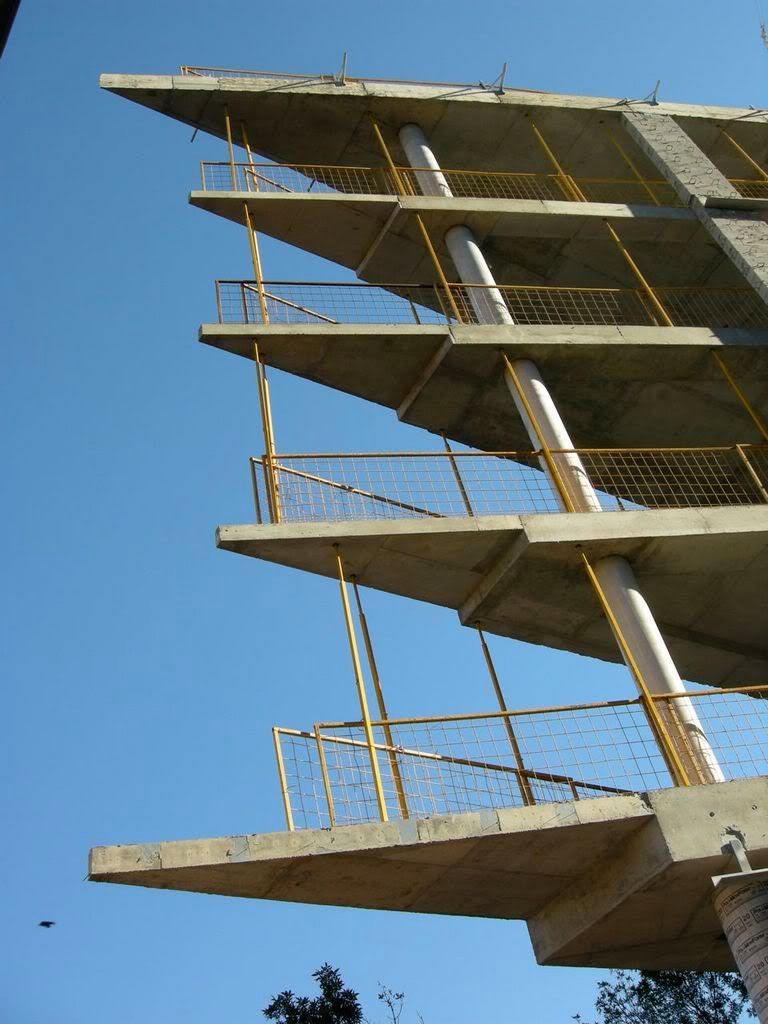3Dementia
Senior Member
This comment may have little to do with the discussion (possibly because I haven't read it), but there is little double the district will be very successful in the future.
West Donlands across the street, East Bayfront to the south, likely rehabilitation of areas to the north..... there's tons of connections to future neighbourhoods.
It's an island right now, but in a decade it will be a groovy oasis smack dab in the middle of the exploding east Toronto renaissance.
Pedestrian-friendly, lots of one-of-a-kind vendors and kaboodles of new residents reserving their U-Hauls.
Seems like the neighbourhood will do just fine. As for the rack houses... shrug.
West Donlands across the street, East Bayfront to the south, likely rehabilitation of areas to the north..... there's tons of connections to future neighbourhoods.
It's an island right now, but in a decade it will be a groovy oasis smack dab in the middle of the exploding east Toronto renaissance.
Pedestrian-friendly, lots of one-of-a-kind vendors and kaboodles of new residents reserving their U-Hauls.
Seems like the neighbourhood will do just fine. As for the rack houses... shrug.
